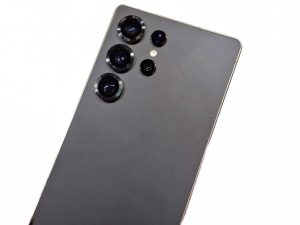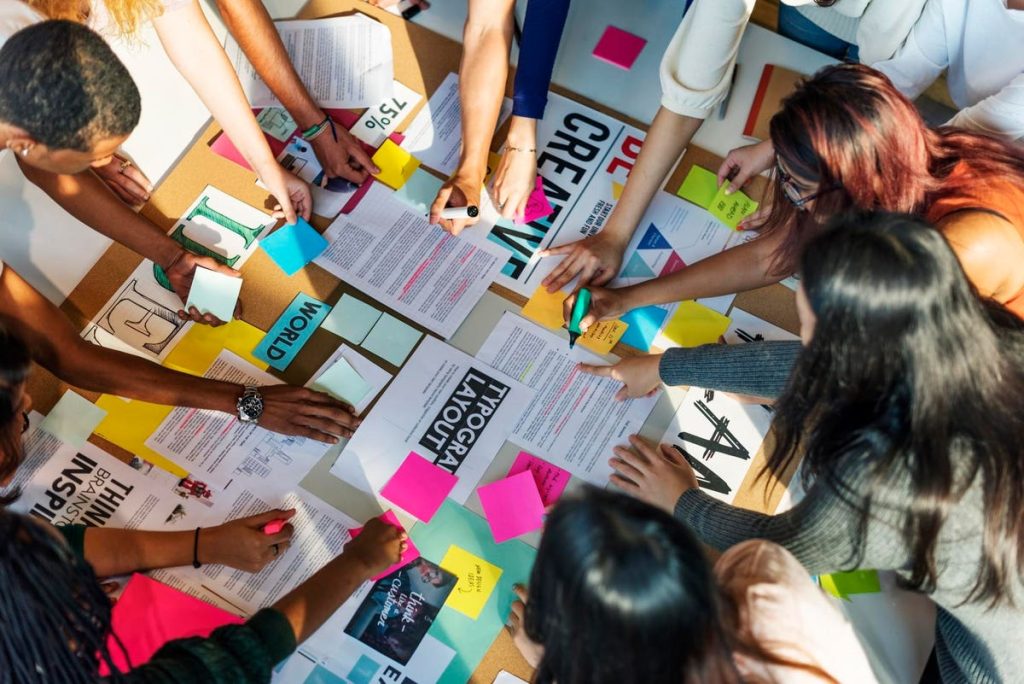Have you ever been in a meeting where ideas flew across the room like arrows on a medieval battlefield? Yeah, me too! Were you uncomfortable with the conflicting points of view?
Hold on. Open exploration of many ideas can be your best friend as you seek solutions to novel challenges.
Change-makers, visionaries, and leaders focused on making a meaningful impact: brace yourselves for a disruptive yet liberating truth. While the word ‘conflict’ may conjure images of discord or strife, it’s time to recognize that not all conflict is bad.
Conflict can be a leader’s worst enemy or best friend, depending on its nature and how you manage it.
True enough, some kinds of conflict lead to turmoil and tension. However, constructive conflict is essential for breakthroughs, measurable impact, and game-changing evolution sought by purpose-driven leaders.
The Myth of Peaceful Progress
Harmony and consensus can create a positive work environment. However, the downside of a culture supporting constant agreement is that it stifles critical thinking and inhibits the innovative spark necessary for change, growth, and impact.
For purpose-driven leaders aiming to address complex issues, collaboration isn’t about silencing diverse opinions or neutralizing disagreements. On the contrary, when teams prioritize harmony over debate, they often miss out on finding transformative solutions that align with their organizational purpose.
Dangers of Groupthink
Groupthink is a psychological phenomenon that occurs within a group of people when the desire for harmony and conformity results in irrational or dysfunctional decision-making.
Team members suppress dissenting viewpoints, fail to critically analyze alternatives, and prioritize consensus over the quality of the thinking and decisions. The outcomes are usually inferior, if not disastrous. History offers many examples.
Systemic Change Requires Conflict
Addressing the daunting issues our world and thus our organizations and institutions face, requires tackling systems. For those committed to driving systemic change or advancing in areas like sustainability, understanding the value of “productive conflict” can be game-changing.
It challenges people to defend their perspectives, scrutinize their assumptions, and engage in deep dialogue that can lead to transformative results.
So, while harmony and consensus have their roles, make space for constructive dissent in your leadership toolkit. After all, the clash of differing viewpoints often forges the most vital solutions, turning good intentions into impactful outcomes.
Destructive vs. Constructive Conflict
Not all conflict is the same. Some types can be destructive indeed. At the same time, other types of conflict are necessary for positive change.
Destructive, relational conflicts stem from personality clashes, miscommunications, or disagreements over values. Strong emotions are in play, and people are likely to say or do personally hurtful things.
On the other hand, constructive conflict focuses on the airing and exploration of ideas. It involves facing differences and embracing the opportunity they offer to find new and better ways.
Consider the social entrepreneurs who dared to disrupt established systems to usher in change. They didn’t do it by tiptoeing around conflict. They made waves, questioned the status quo, and often went head-to-head with established beliefs or systems. Why? Because they recognized that profound change requires profound action, which usually means unsettling the waters.
How Constructive Conflict Impacts Change
Diverging points of view highlight problems and illuminate unseen opportunities, providing a fuller understanding of complex issues. Creative and higher-quality solutions are more likely to emerge.
Conflict as a Catalyst for Innovation
When ideas clash, there’s an opportunity for synthesis, leading to more robust, well-thought-out solutions. Differing viewpoints force people to defend their positions, refine their ideas, and consider alternatives—often resulting in innovative outcomes that might not have been possible through unilateral thinking.
Conflict as a Revealer of Blind Spots
Conflict can expose gaps in knowledge, untested assumptions, and unseen risks, providing a more comprehensive understanding of the problems.
Conflict as an Agent of Engagement and Ownership
When team members are encouraged to express their differing opinions and ideas, they feel more invested in the project. This heightened sense of ownership often translates into an increased commitment to implementing changes effectively, thus amplifying the impact.
Creating Conditions for Productive Conflict
Of course, if mismanaged, constructive conflict can escalate into interpersonal or destructive relational conflict. You must create the proper context to ensure that differences lead to positive outcomes rather than discord or stagnation.
Start by setting clear ground rules describing the behaviors that demonstrate each.
In addition, consider the following:
Foster a Culture of Psychological Safety
Your role as a leader is to establish psychological safety for your teams.
Team members are likelier to share their perspectives if they feel safe from ridicule or judgment.
When they know their identities and relationships are safe and secure, they are more likely to explore new methods and solutions, according to an article in the SHRM Executive Resource Network. The experience of psychological safety results in a shift from self-protection and risk aversion to a learning mindset.
Create Structured Processes
Use structured techniques like those in design thinking to encourage challenges to the status quo.
Design thinking is a human-centered process that focuses on innovation. It consists of a series of stages organized in a systematic process.
While IDEO is not the inventor of design thinking, they are a leading proponent. They employ many tools for structuring innovative thinking. For example, they recommend a specific kind of brainstorming for fresh solutions to a challenge. And they provide resources to help leaders with this process.
Reflect and Refine
After the collaboration concludes, reflect on how well you explored and integrated diverse viewpoints. Use this reflection to refine your approach for future collaborations.
Ensure that all participants see how their input has impacted the final decisions and outcomes. This feedback not only validates their contribution but also encourages future participation.
In a world where the stakes have never been higher, especially for leaders championing sustainability and systemic change, there’s no room for the mediocrity that comes from conflict avoidance.
Remember, not all conflict is destructive; the right kind—constructive conflict—can be an indispensable lever for achieving breakthroughs and making a meaningful impact. The real art lies in knowing how to set the stage for it and manage it adeptly
So, the next time you find yourself advocating for or forcing harmony in your team, remember: often, the path through tensions leads to the most extraordinary outcomes.
Read the full article here










